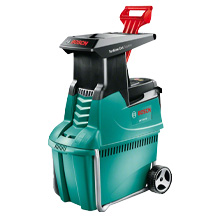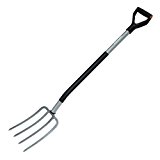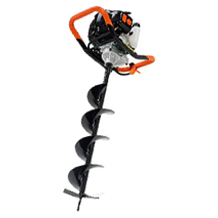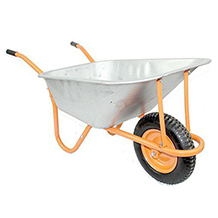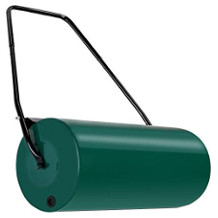Outdoor push sweeper purchasing advice: how to choose the right product
- The most important facts in brief
- There are different types of sweepers: Hand sweepers and motorised sweepers with battery or petrol drive.
- The brushes of a hand sweeper are powered purely by the movement of the sweeper. They are the most common model in small or medium-sized yards.
- Sweepers make everyday work much easier. There is no need for awkward bending or strenuous sweeping with a broom. With some models, however, you have to drive the same route several times to clean it completely.
- An important purchase criterion is the sweeper’s collection container. Especially for large properties or large areas, the container should have a sufficient volume so that it does not have to be emptied constantly.
Sweeping machines – a great relief in everyday sweeping.
No matter how large your property is, it is time-consuming and labour-intensive to keep all paved areas and paths clean. Driveways and paths need to be cleared of leaves and other debris. One option now is to sweep everything together with a broom and then use a shovel to put it in the organic waste bin provided. This is tedious and takes time.
With a sweeper, you pick up leaves as well as other dirt from the pavement and transport everything directly into a collection container. You may have to run over some spots several times, but you will still finish cleaning faster on balance.
Well-known brands
Ryobi | Güde | Agri-Fab | Haaga | Cleancraft | ms-point | Tielbürger | Kärcher | Stolzenberg | Hanselifter | 4F Limpar | Hecht | Einhell
Areas of application for sweepers
Sweepers are primarily used to remove dirt from driveways and paved paths or surfaces. The type of dirt can vary depending on the type of sweeper. Many are designed primarily for dry dirt. If hard dirt or stones also need to be picked up, a more powerful sweeper is required. Damp leaves can also be a challenge with some models. Therefore, make sure to adapt the sweeper to the dirt on your property. Overall, however, sweepers are suitable for both outdoor and indoor use. Possible areas of use are accordingly:
- Driveways
- Private roads and paths
- Car parks
- Sports facilities
- Commercial facilities
- Footpaths
Advantages and disadvantages of sweepers
Sweepers have numerous advantages. Depending on the model, they allow you to do the job not only much easier, but also much faster. Even large areas are no problem with them and can be cleaned in one operation if the machine is suitably designed.
Sweepers are suitable for different types of dirt. With sufficient power, even stubborn dirt can be removed. Some models even have the option of clearing snow. This multifunctionality makes them interesting for both private and commercial use.
Disadvantages are mainly found with the motor-driven machines. Regardless of whether they are battery sweepers or petrol-powered models, they consume electricity or petrol. Uneven paths or uneven paving become a challenge for all sweepers.
Pro points
- Up to five times faster cleaning results
- Variable application possibilities, for example for clearing snow or sweeping lawns
- Even large areas can be cleaned in one operation
- Easy to operate
Drawbacks
- Motor-driven models consume petrol or electricity
- Cleaning performance can be affected by uneven surfaces
The different types of sweeper
There are three different types of sweepers: the widely used hand sweeper, the battery sweeper and the motorised sweeper. Each has its advantages and disadvantages and is suitable for common sweeping tasks.
The hand sweeper
This type is the most widespread. It is manually operated and works without electricity or petrol. Instead, it has to be pushed along the ground by hand. Therefore, a certain amount of force is also required to operate this electric sweeper. As a rule, however, they are still comparatively smooth-running and ideal for small to medium-sized areas.
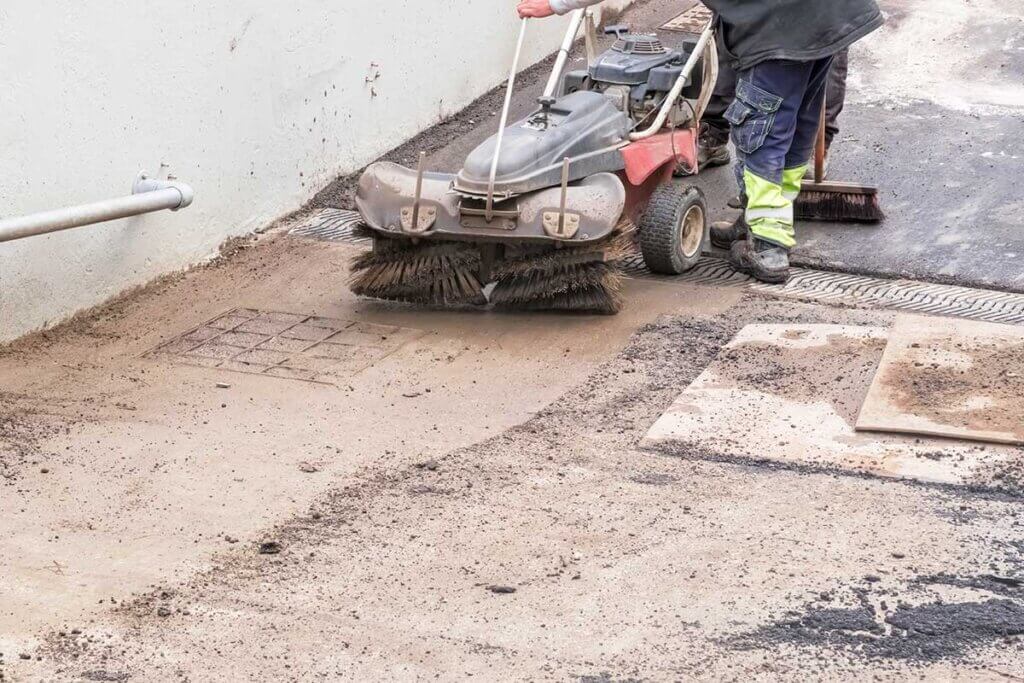
Compared to the other two types of sweeper, one thing becomes clear: in terms of performance, a hand sweeper cannot keep up with the other types. It cannot be used for stubborn dirt, damp leaves or snow. However, it is ideal for dry dirt, such as that found in driveways, on pavements or even terraces.
Pro points
- Environmentally friendly
- Very light
- Inexpensive to buy
- No additional costs for electricity or petrol
- Absolute freedom of movement
Drawbacks
- Less powerful than the other types
- UNFITABLE for stubborn dirt
- Comparatively high power requirement
The battery sweeper
The battery sweeper is the electric version of the three types of sweeper. It is powered by a rechargeable battery. This gives it more power than the hand sweeper, but it is still surpassed by the motorised sweeper. Many battery sweepers can also be used for stubborn dirt. However, in most cases they are not suitable for removing snow.
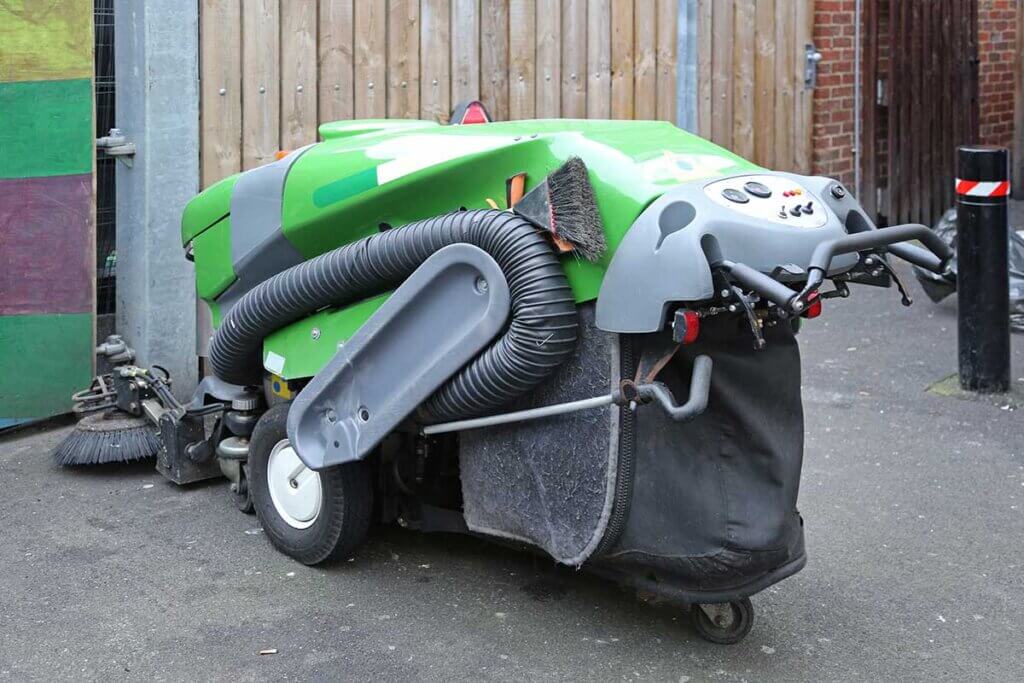
The operating time of the battery sweeper depends on the battery life. Therefore, in addition to the charging time of the battery, this is also one of the most important purchase criteria for this type of machine. As a rule, the runtime is between about 40 and 90 minutes. When choosing, you should therefore pay attention to how long you need for cleaning so that you do not have to interrupt your work unnecessarily for a charging cycle.
Pro points
- Pleasantly smooth running
- Easy handling
- Even stubborn dirt or damp leaves no problem
Drawbacks
- Battery needs to be recharged regularly
- Lower performance than petrol-driven sweepers
- Only suitable for clearing snow in individual cases
Motorised sweeper
The motorised sweeper has a petrol engine together with a matching tank. They are available either as classic models for pushing or as ride-on sweepers. The first variant is sometimes used for private use, but ride-on sweepers are designed for very large areas and are therefore mainly used for commercial purposes.
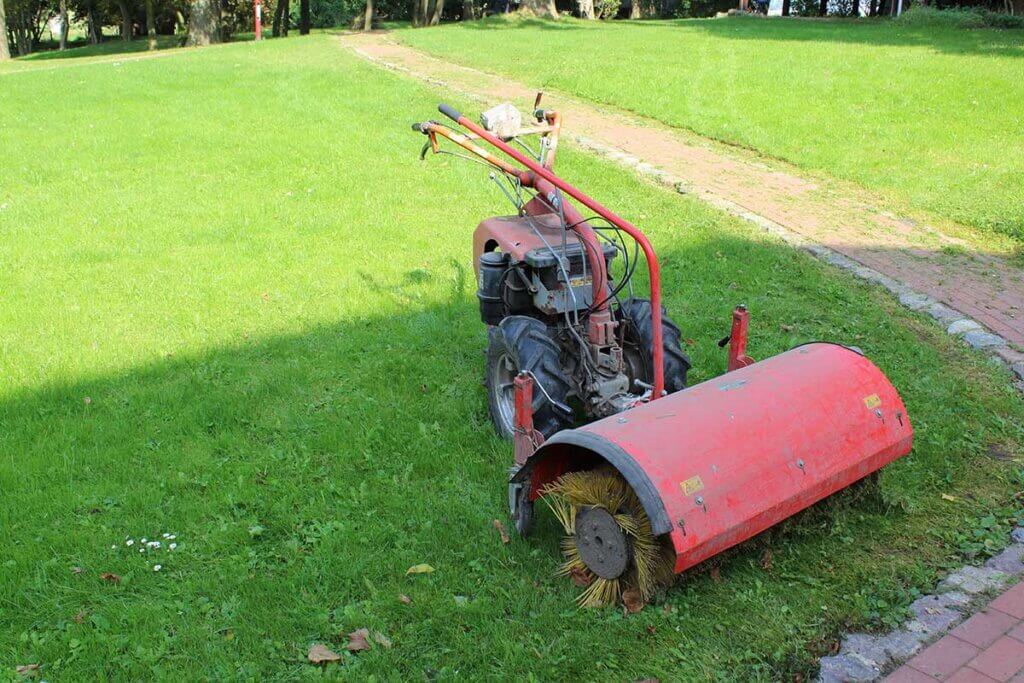
Compared to the other two models, petrol-powered sweepers have the greatest power. This means that they are also well equipped for stubborn dirt such as wet leaves or snow. Some of these sweepers have an area output of about 8000 square metres per hour. These high area capacities require certain prerequisites. It is no wonder that some of the models are self-propelled and have several forward and reverse gears. However, this is also necessary because they sometimes weigh so much that they could only be moved with difficulty or not at all with manual effort.
Pro points
- Very powerful
- Even very large areas no problem
- Partially self-propelled
- Ideal for removing stubborn dirt, wet leaves or snow
- Some models have an optional mountable snow blade
Drawbacks
- High purchase costs
- Very large dimensions
- High weight
- Lower performance than petrol-driven sweepers
- Only suitable for clearing snow in individual cases
The roller systems of a sweeper
Sweepers have the task of picking up dirt and leaves. At the heart of the sweeper is a system of different brushes that transport the dirt under the sweeper and then into the collection container. Here again, a distinction is made between several models with different sweeping systems: the single-roll sweeper, the double-roll sweeper, the disc brush sweeper and the turbo sweeper.
Single-roller sweeper

The single-roll sweeper has a round brush and a rubber lip, as found on a dustpan. A vertically rotating round brush transports the dirt over the rubber lip into the collection container. This is located in front of the brush, so that you first “run over” the dirt before it is transported into the container underneath the device. The sweepings container acts as a dustpan.
Double roller sweeper

In keeping with its name, this sweeper has two sweeping rollers. They run in opposite directions, with the first one transporting the dirt inside and the second one reliably transporting it into the collection container. Since the second bristle roller moves in the opposite direction, the double roller sweeper is also suitable for removing larger objects. The additional roller replaces the rubber lip on these models.
Plate broom sweeper

This type of sweeper has no roller and, depending on the model and manufacturer, uses one or two disc brushes located on the side of the unit that rotate horizontally to the ground surface. These are also called side brushes. They swirl the dirt against a plate that ends in the collection container. This makes it easy to remove leaves and other heavier debris. On models with two side brushes, they move in opposite directions so that dirt, dust and debris are automatically transported into the internal collection container. The large opening between the round brushes allows larger objects to be picked up. These devices are very common in the home user sector.
Turbo sweeper

The turbo sweeper has a combination of disc brushes and sweeping rollers. The disc brushes stir up the dust or other light debris. The rollers underneath the sweeper then transport it into the collection container. This process can remove sand, leaves, but also heavy dirt and litter (for example empty beverage cans) well and reliably. Many of these sweepers therefore have a wheel for adjusting the height of the disc brushes on the machine. A turbo sweeper is particularly suitable for removing coarse dirt from large areas.
These are the criteria you should look for when buying a sweeper.
The choice of the right sweeper depends on various factors. It should suit your, your garden and the priority tasks or soiling. The different types of sweepers and roller systems are particularly suitable for different types of dirt. In a first step, you should therefore consider which roller system and which sweeper type suits you best. After that, the other features of the sweeper are important: collection container, sweeping width, area coverage, weight, push bar, height adjustment and, of course, the purchase price.
Which sweeper is right for you?
To choose the right sweeper, it is important to correctly assess the area to be cleaned and the most common types of dirt. In addition, you should be aware that a sweeper can basically only clean superficially. Deep cleaning of floors is not possible, but usually it is not necessary. For most applications, hand sweepers are perfectly adequate. They have a solid area performance of 2,000 to 3,000 square metres per hour. Dry dirt is no problem for them. With a disc broom system, even heavier soiling or damp leaves can be removed. If you want to sweep a larger area, battery sweepers are an option. Petrol-powered sweepers are particularly suitable for commercial use. They can handle even the heaviest dirt and often have an option for snow sweeping or snow pushing. For the latter use, a snow blade is included with some models or can be purchased separately.
Choosing the right working width
The sweeping width is sometimes also referred to as the working width of the sweeper. It indicates how wide the cleaning area is per sweep. The smaller models usually have a sweeping width of about 55 to 70 centimetres. For larger areas, the working width should be at least 70 centimetres, or even better 80 centimetres. However, please note: The wider the sweeping width of a sweeper, the more unwieldy it will be. An impressive comparison: an ordinary street broom has a sweeping width of between 30 and 40 centimetres.
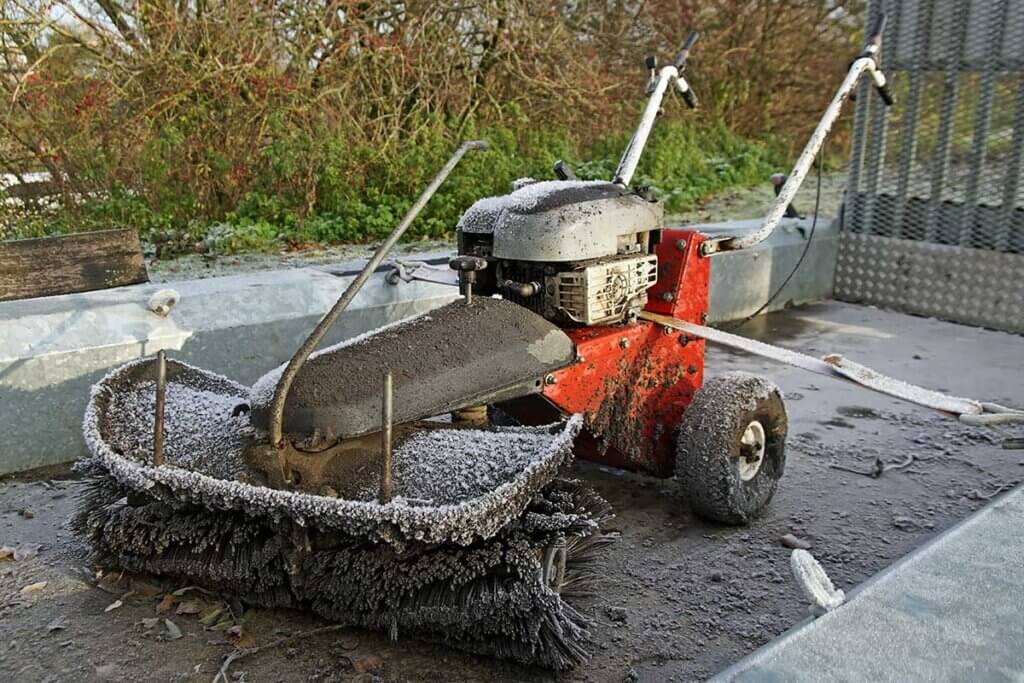
What area output should the sweeper have?
The area output of a sweeper is usually given in square metres per hour (m²/h). The sweeping width mentioned above has a corresponding effect on the sweeper’s area output. As a second factor, however, the size of the collection container also has an influence on the area output, as it determines how often you have to pause to empty the container. If your property is rather small and you only have to clean the driveway and the pavement, a smaller sweeper with a sweeping capacity of about 1,500 square metres per hour is usually sufficient. For a large area, on the other hand, machines with a capacity of at least 3,000 square metres per hour are suitable. In the professional sector, sweeping capacities of 2,500 to 8,000 square metres per hour make sense. Ride-on machines can even achieve outputs of over 10,000 square metres per hour.
Here, too, the comparison with a sweeping broom comes in handy: If you sweep the floor with one of these, you will achieve an area output of 140 to 150 square metres per hour.
The weight of the sweeper
The weight of a sweeper has a direct influence on its manageability. Simple hand sweepers usually weigh less than 10 kilograms. Larger sweepers weigh around 15 to 20 kilograms. If it is a battery or motorised sweeper, the weight is of course significantly higher. A battery sweeper weighs about 20 kilograms. Petrol sweepers are even heavier: larger models can weigh 80 kilograms and more.
Volume of the collection container
The sweepings container is a central element of every sweeper. This is where all the dirt is collected. Therefore, it should have a sufficiently large volume, as otherwise you would have to constantly interrupt the work process to empty it. The capacity varies greatly depending on the model. Smaller sweepers with an area output of about 1,000 square metres per hour usually have a collection container with a volume of 20 litres. Models with a larger area output, on the other hand, come with collection containers with a capacity of 32 litres up to 50 litres.
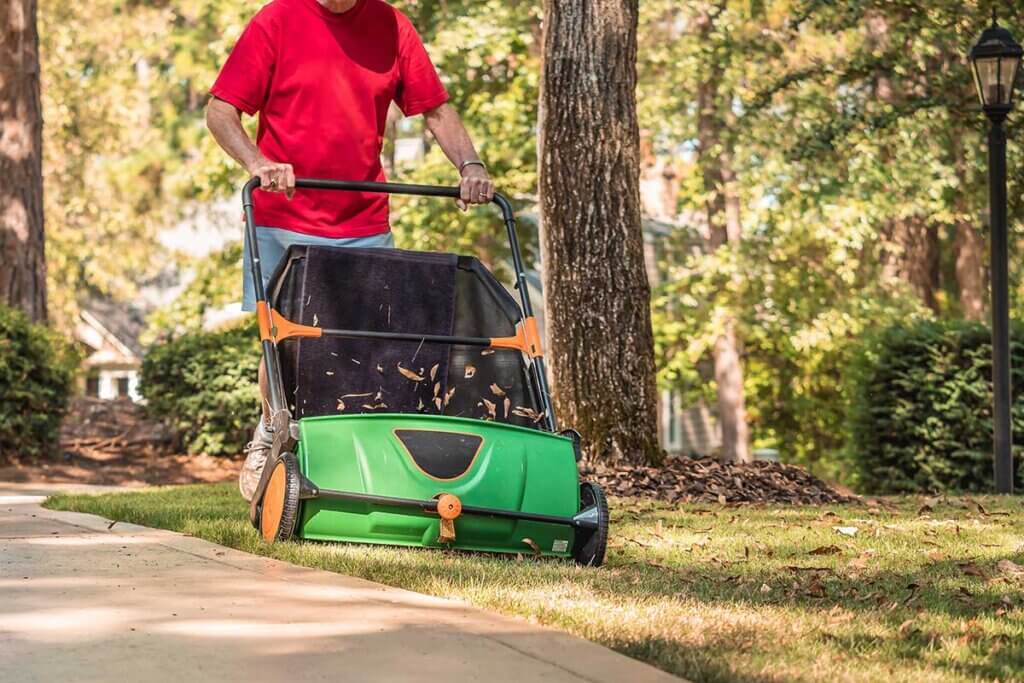
The push bar
The push bar is the element that controls the sweeper. It should therefore fit your height. Otherwise, operating a manual model for a longer period of time will quickly become very strenuous. Higher-quality models, such as those from Kärcher, Haaga, Kränzle or even Güde, have a height-adjustable push bar. This makes these models more comfortable to use and easier to adapt to the area to be cleaned. Sweepers from Hako or Bema, on the other hand, do not always have a height-adjustable push bar. If several family members use the machine for sweeping, you should pay attention to this feature for better usability.
Further adjustability
However, the option to adjust the height does not only apply to the push bar. Some sweepers offer the option to adjust the height of the brush or roller system as well. This allows you to better adapt the sweeper to the respective soiling and thus, with suitable equipment, also collect beverage cans, for example.
Acquisition costs
A central purchase criterion when choosing a sweeper is the expected acquisition costs. Depending on the desired size and functionality, the price also increases. A simple hand sweeper is usually available from around 70 euros. Simple battery sweepers start at around 100 euros. A motorised sweeper, on the other hand, is considerably more expensive. Prices start at around 350 euros. If you also want the machine to be self-propelled, you have to add another few hundred euros. Prices start at around 800 euros.
Tips and frequently asked questions
In the following, we give some tips on topics such as storing and cleaning your sweeper and address the question of whether you need a driving licence to use it.
How do I store my sweeper properly?
When the sweeper is not in use, it should be stored in a dry, frost-free place. Some models can be folded up to save space and stored in the garage or garden shed, for example.
What should be considered when cleaning a sweeper?
Once the ground has been cleaned, the sweeper should also be cleaned. Especially in the case of wet leaves or other damp dirt, it is advisable to clean the sweeper directly after use, as the dirt may be difficult to remove when it has dried. The first step is therefore to remove the collection container and dispose of the sweepings in the appropriate waste bin. The container can then be rinsed out with a little water if necessary. Afterwards, you should also check the brooms and rollers of the sweeper. If they are very dirty, you can usually dismantle them and clean them under warm water. If they are very dirty, you can also soak them in warm water for a while and then rinse them. As a rule, most dirt can be loosened well in this way. Important: Allow the brushes and rollers to dry thoroughly before refitting them to the machine.
Do I need a driving licence for sweepers?
A class B driving licence is only required for ride-on sweepers. Moreover, this only applies to machines that reach a maximum permissible speed of more than 6 kilometres per hour (km/h). However, these machines are primarily used for commercial purposes, so you do not need a driving licence for privately used sweepers.

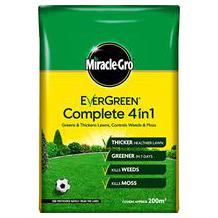
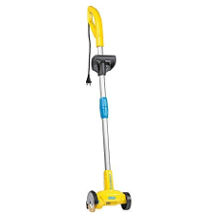
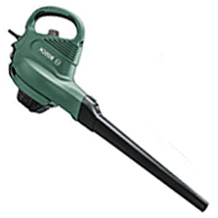
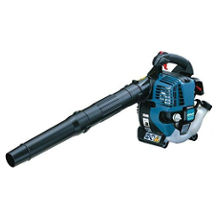
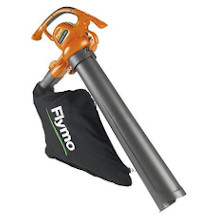
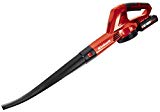
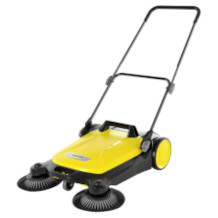
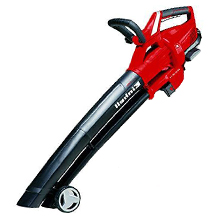
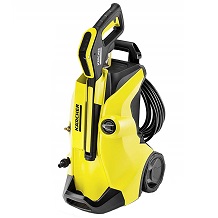

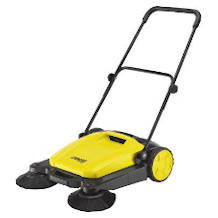
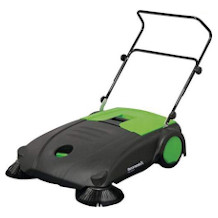
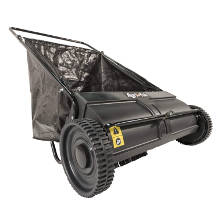
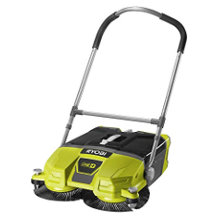
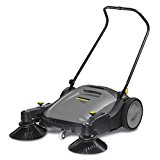
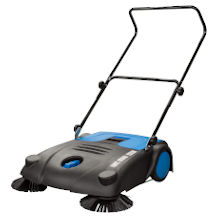
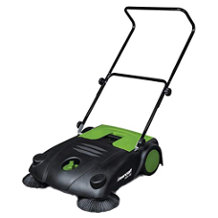



 4,064 reviews
4,064 reviews
